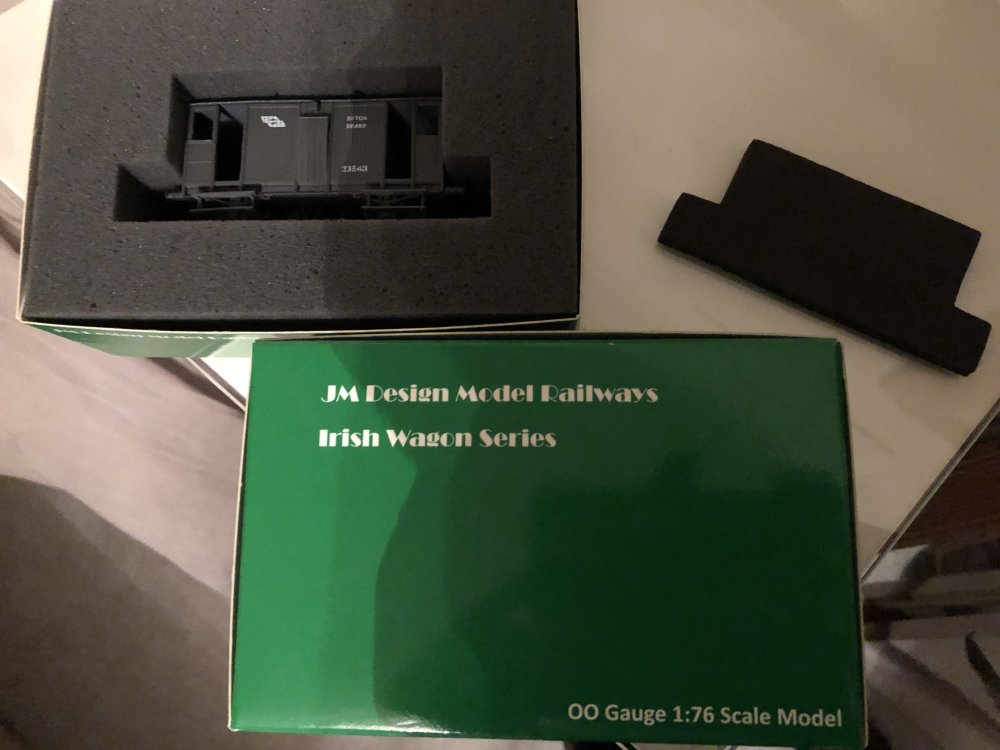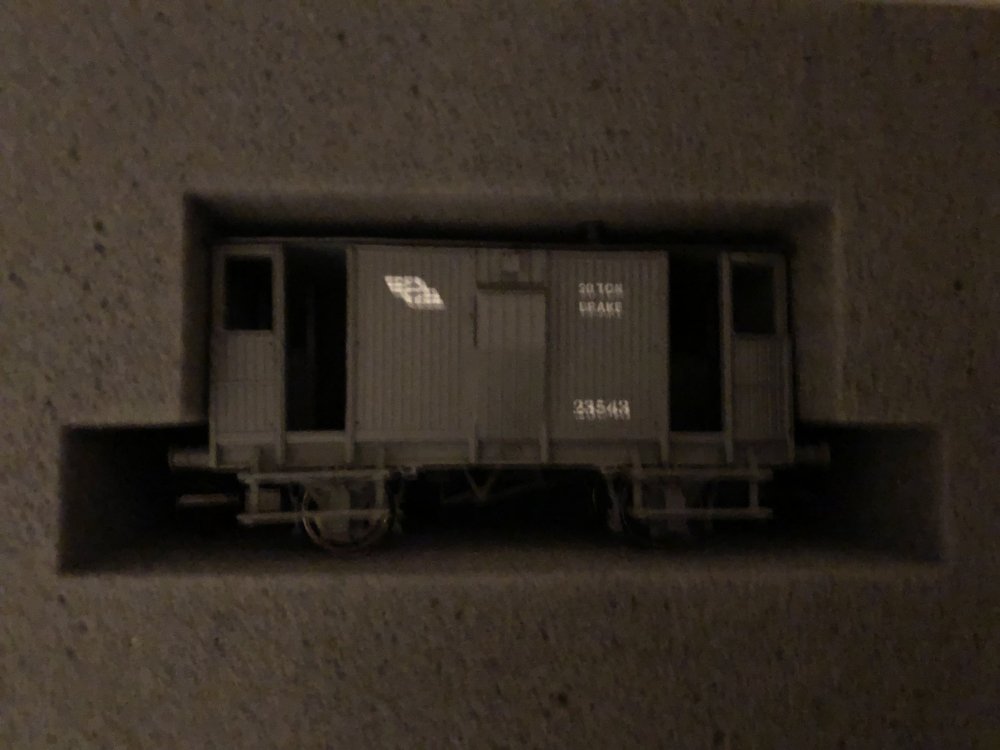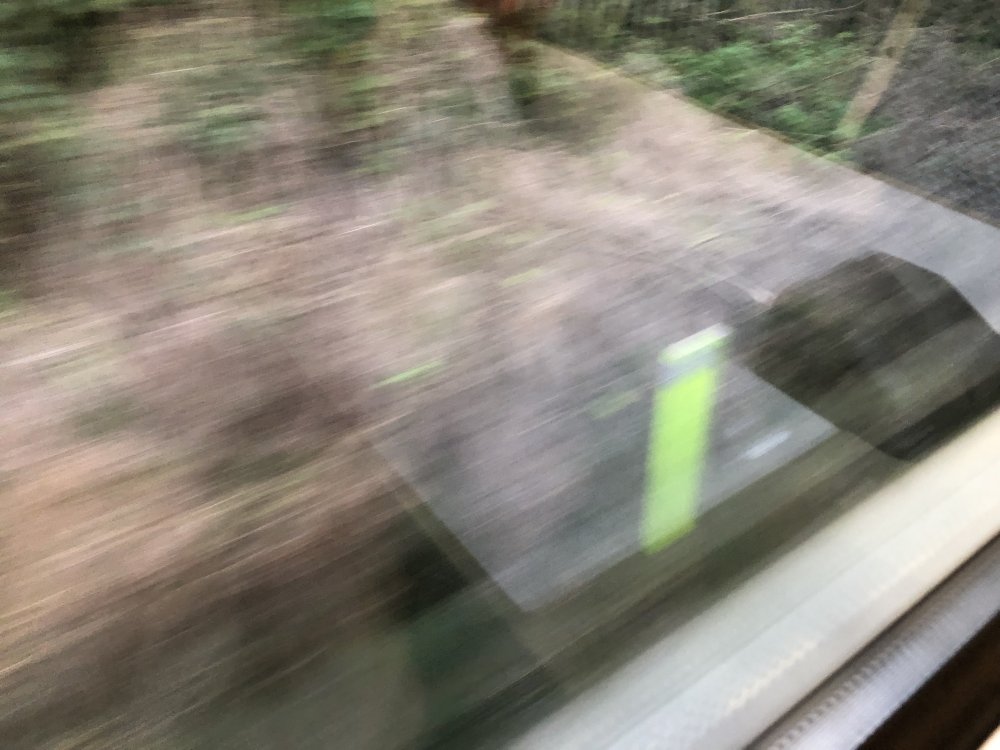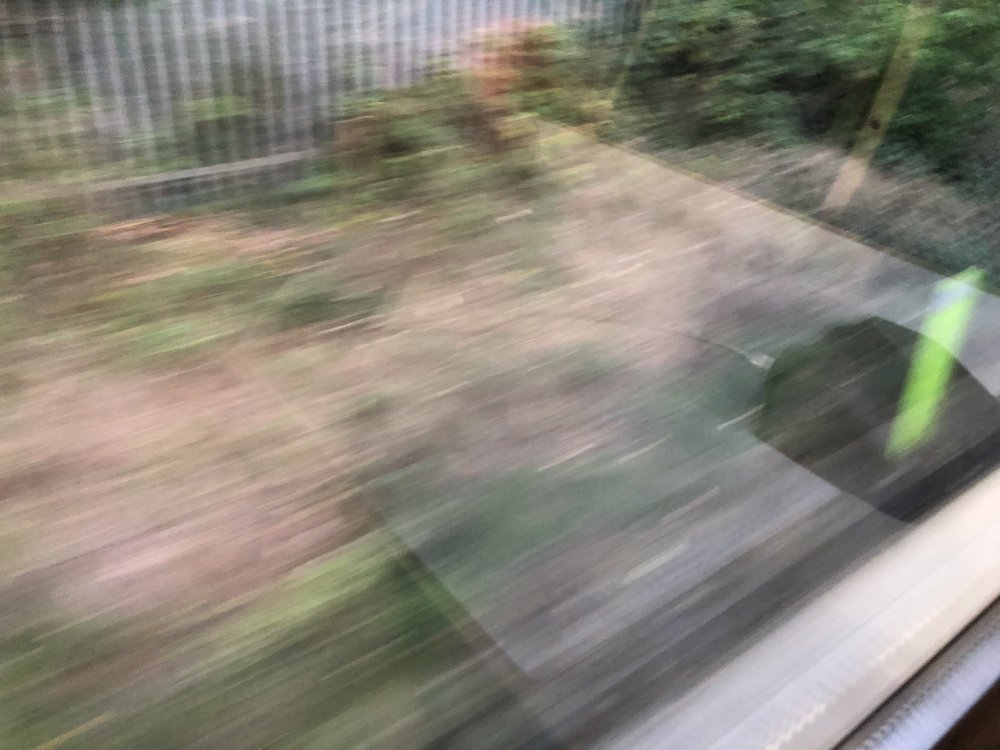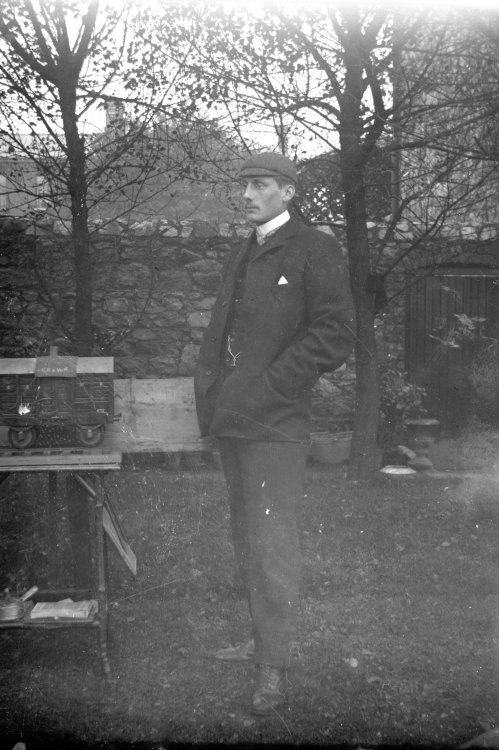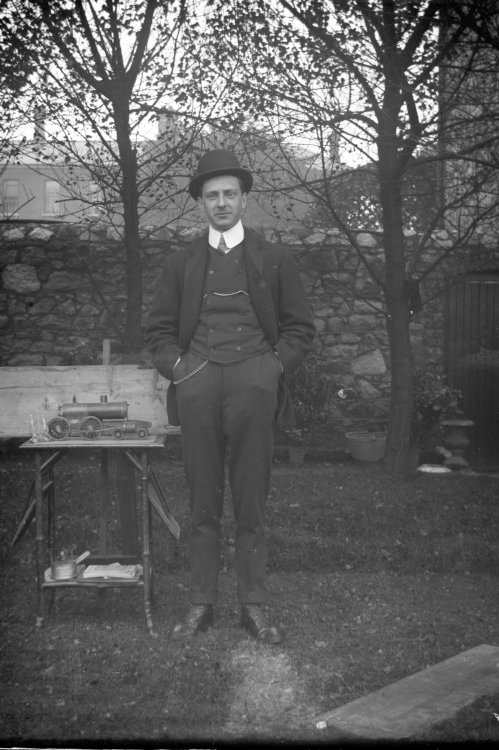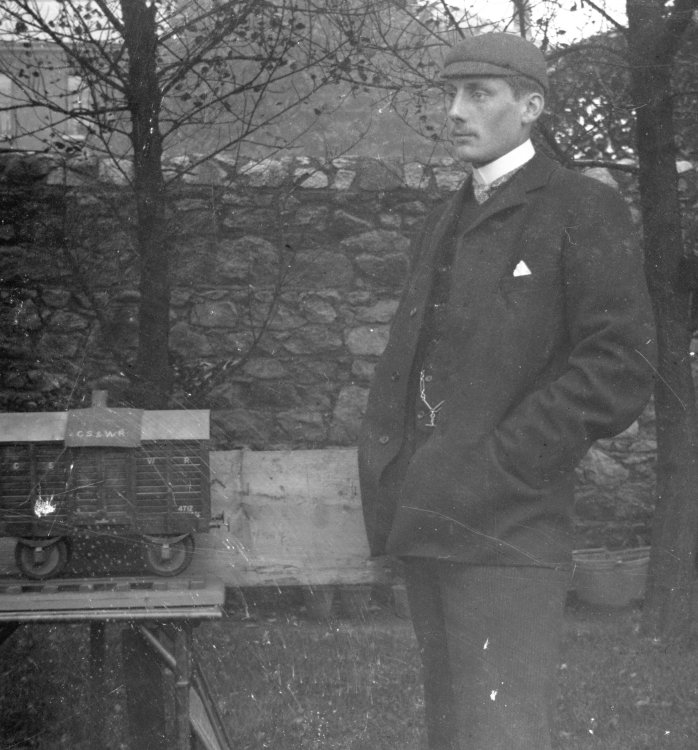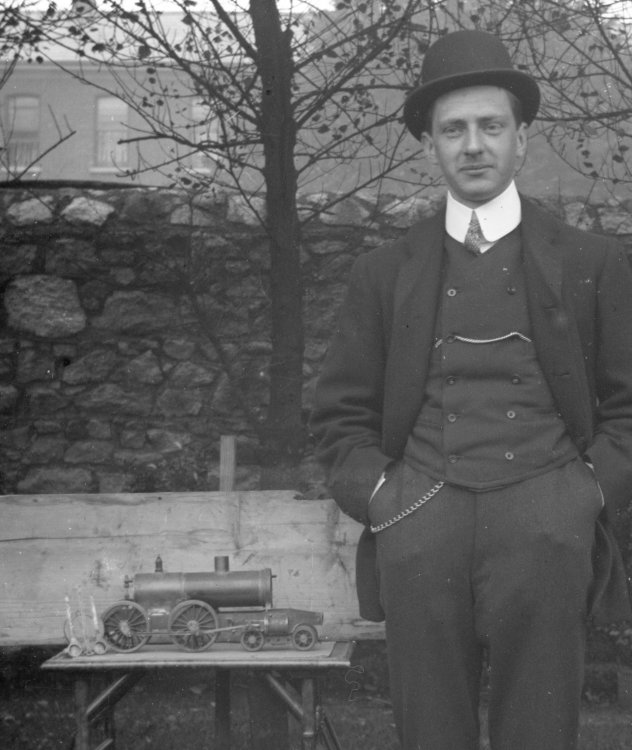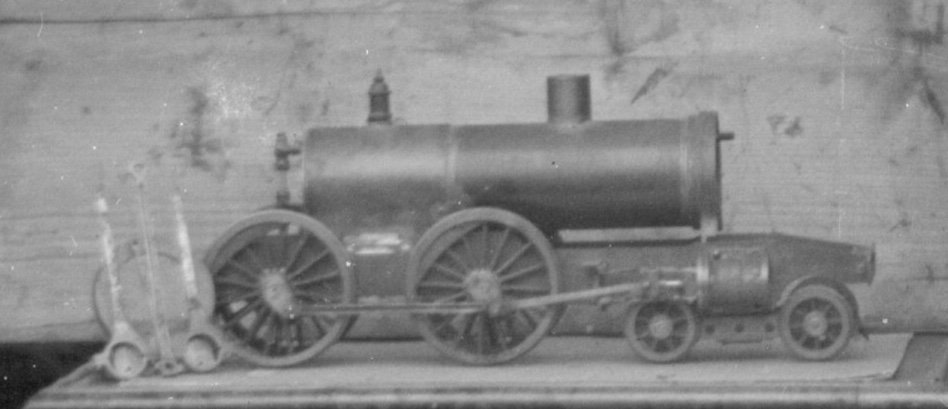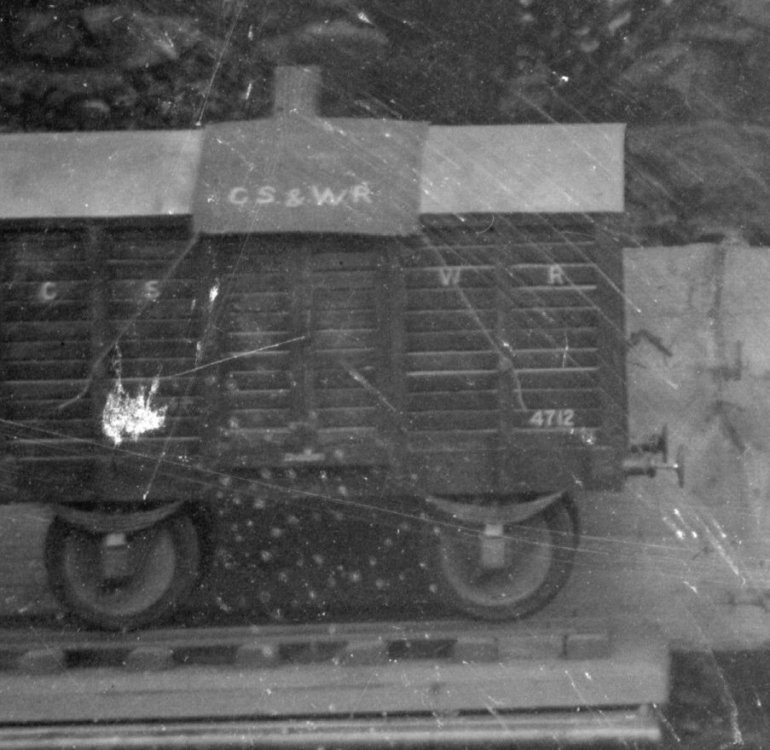-
Posts
15,930 -
Joined
-
Last visited
-
Days Won
394
Content Type
Profiles
Forums
Events
Gallery
Blogs
Community Map
Everything posted by jhb171achill
-
Superb, Northwalldocker, very many thanks in advance. I’m away for a few days, will PM you when I’m back!
-
Indeed - it was goods only for some 45 years! To make a shunting layout it would need to be compressed a good bit, I would have thought - from memory when I went there on an RPSI train, the layout was somewhat spread out. But a good option, as you say. Another might be Castleisland, Co Kerry, or Fenit. Both of those saw the "G" class on a regular basis!
-
Excellent one - yes, not every article in every issue is of interest to every member - but it's worth paying membership for the Journal alone. Barry Carse's Valentia article is excellent, and there are many interesting photos of all sorts of things. West Cork photos of anything will never fail to please. I remember when the first colour photos appeared in the Journal in the 1970s how it lifted the whole thing..... If I had one small (constructive) criticism it would be that many interesting photos in some editions could be reproduced in larger format, but overall a great production.
-
I have to say that when I saw Castlederg (I think it was Cultra, but can't remember) I was most impressed - scenically it's one of the most superbly convincing I've ever seen; an absolute masterclass in how a small layout should look. Station in perfect proportion too - I'd love to see it again, but I'm unlikely to be in the UK for the time being....
-
Spot on, amdaley. Inconsistent happenings within An Post, who seem to have gone to hell altogether, but from the evidence and experience of others, New Zealand's and Brexitstan's postal services also appear to have their moments! I went to post several small packages in my local post office recently and was told three different prices - one in one PO, and the other two from two separate staff members (one very nice, one a surly oul wagon!) in a different PO! And we're not talking about a bit more or less - one was €9, another €18!
-
I LIKE that! "One horse town"! Perfect!
-
Ah, ok - but actually better still! Had this place survived, it would almost certainly have be3come a goods-only depot. For a mini-layout, one loco and just a dozen wagons does the trick....
-
Fintona, or something based on it, is perfect for a very small mini-terminus….
-
Fintona has great possibilities.
-
It’s all over the Ring of Kerry too, judging by roadside notices….. awful stuff.
-
Interesting! The 9 inch one looks about right (they still use inches there!) 12 dollars isn’t much, though post and packing would probably cost €50!
-
After my previous comments, my two Guards Vans arrived safe and well from New Zealand today. Not a cent in customs charges nor VAT was I charged! And very nice too!
-
That looks PURE 1961! This actually shows up very well how a grey-painted model ends up with realistic coal dust, oil and soot weathering. Many people thought that most engines were black - I did myself as a mere spotty teen - in late CIE days; in fact only a few were, if they'd seen a paintbrush literally within the last five years or so of steam. Not many did - but they all ended up looking exactly like this, as numerous photos show in numerous books, and an ever-decreasing handful of us remember. After all, it's 58 years since steam ended on CIE, and some SEVENTY years before the AEC railcars largely displaced it from main line passenger trains.... The green Woolwich is exactly as many of the green engines ended up - so disgracefully grubby that it was actually not easy to tell whether they were green, grey or black under it. Excellent job, Dempsey; beautifully filthy, decrepit and untidy looking locos - thus, highly recommended!
-
What's a "lazy susan"? (Excuse my ignorance!)
-
The GNR used those on the Ballyhaise - Hamburg route, I believe.
-
-
It would probably do a J15 or a (diesel) B121, but not a Woolwich….
-
Looks superb, ttc. I think I’d have to go for that one, big as it is.
-
Sounds like they haven’t bothered training any of their staff.
-
Thank you, folks, much appreciated. Yes, I’m beginning to wonder if it’s worth it! It’s not something I’d be inclined to try to build either. My layout idea has one visible and one in a fiddle yard. The former needs to look right and ideally be motorised but the latter could be any oul thing.
-
Anyone know where to buy a decent turntable - needn't be very fancy - of just about enough length to turn a Woolwich (23cm)? The ones on sale mfrom normal suppliers seem to be built to turn an American "Big Boy"; they are prototypically FAR too big for almost all Irish applications, or else cost the price of a decent-sized family car or a holiday home in Kerry. Thoughts?
-
Auction of railway memorabilia amd model trains
jhb171achill commented on flange lubricator's event in Community Calendar
I have to say that I'm not as impressed by what's on offer (overall) in this one, as in the late Johnny O'Meara's stuff...... SOME nice stuff though, but also some distinctly ordinary.... -
Unless you want to go 21mm, yes. It's the most realistic looking "ready-to-run" track.
-
Two photos here; one is my grandfather H J A of Inchicore with an odd cap and a scale model he made of a then-new convertible van which he had designed - they were built, I think, around 1905-1910 so that would date it. This goods van model still exists and is with a relative. The other photo is of a live steam locomotive under construction. But I don’t know what it was becoming a model of, nor what happened to it - as it was never in Senior’s possession (though several others were). I’ve no idea who the bowler-hatted man in the picture is. I don’t think he’s a family member, so I assume he’s someone from Inchicore, as my grandfather was absolutely not a socialite of any sort! Quite the opposite….. however; for ten points, plus a bonus ball, what is the locomotive? Picture about 1910. Tempting to wonder if it’s some 4.4.0 he was designing or rebuilding in Inchicore at the time!
-
- 2
-

-

-
Teasers: And look out for a blue cover, not orange; the Tipp colours contain blue! IMG_0322.MOV Teasers: And look out for a blue cover, not orange; the Tipp colours contain blue!
.png.c363cdf5c3fb7955cd92a55eb6dbbae0.png)

